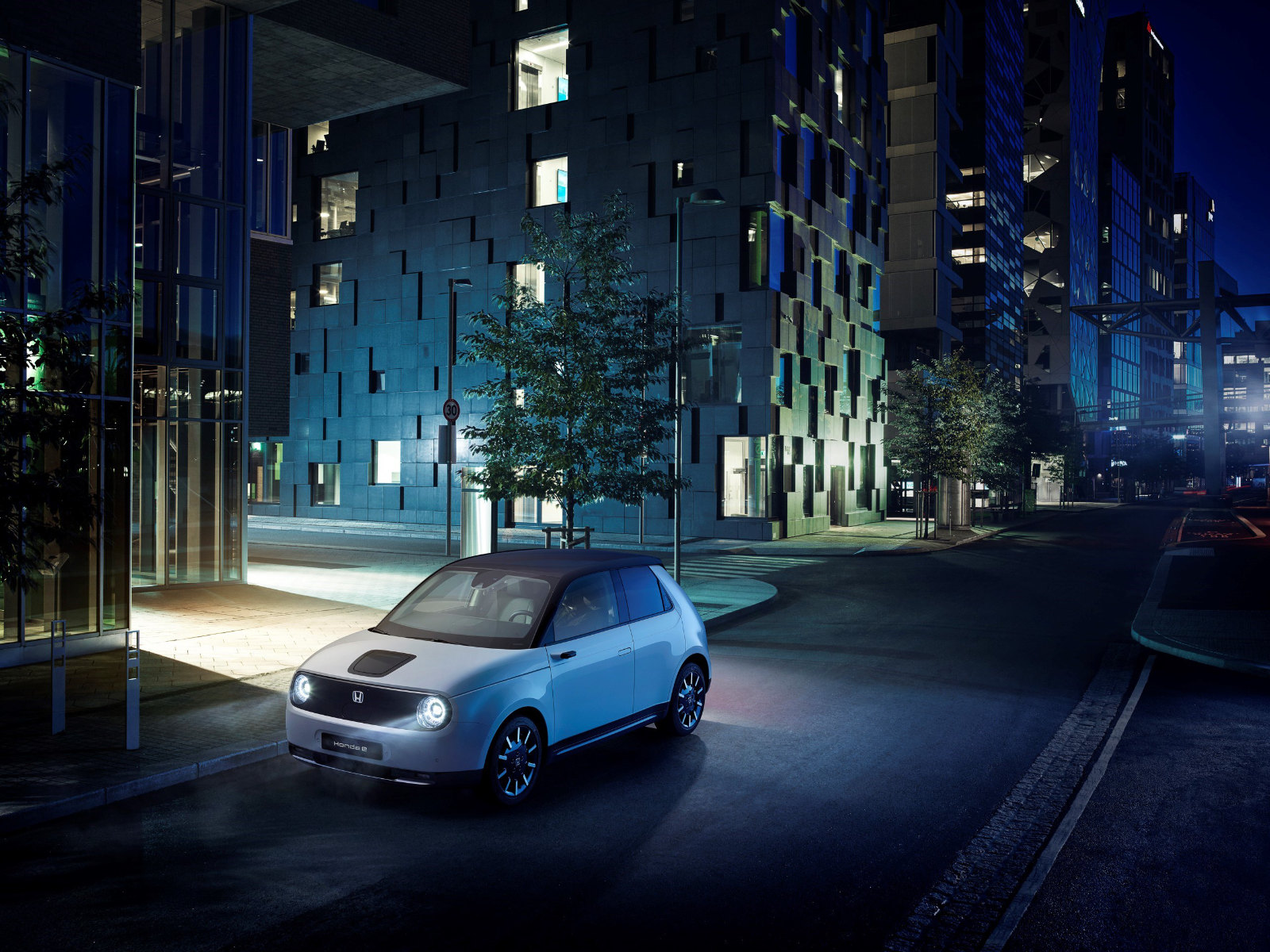
LIVING The Honda E is Lucire’s Car to Be Seen in for this year, the first Japanese winner of our annual accolade. Jack Yan explains why
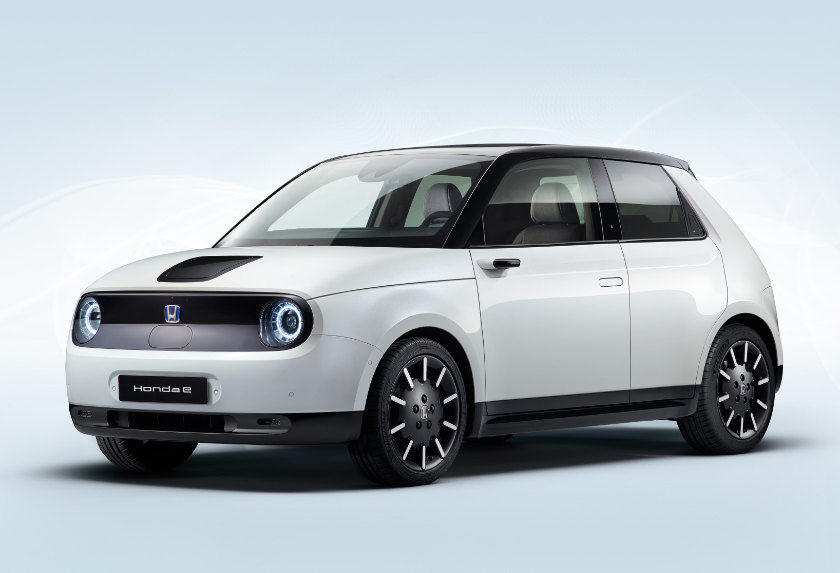
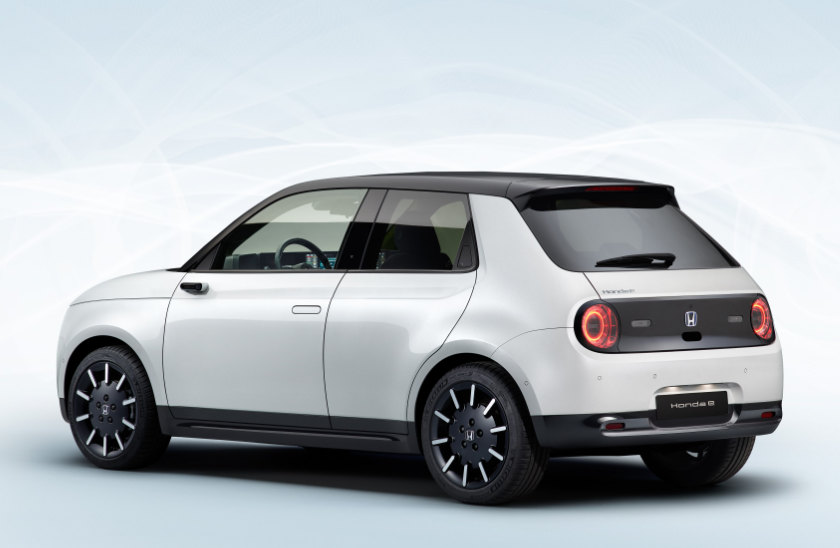
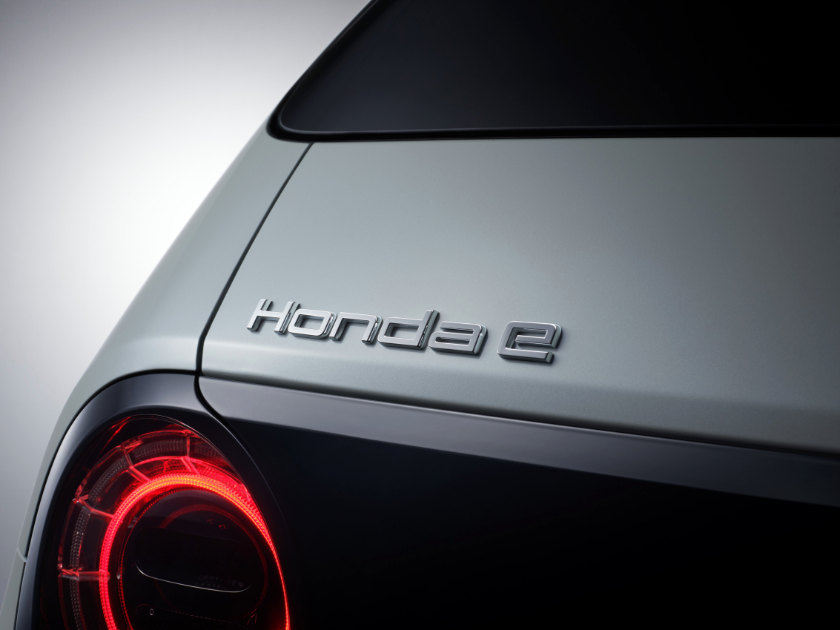
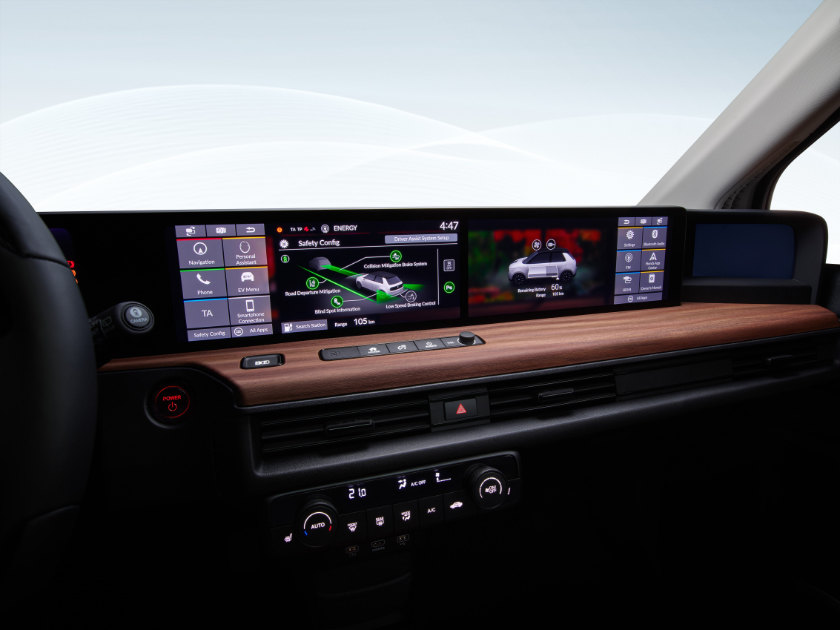
Jack Yan is founder and publisher of Lucire.
Coming up with a Car to Be Seen in for 2020 was far tougher than usual. It’s not that the year of COVID-19 lacked in new releases—on the contrary, it was packed with new models—but what was the car that truly represented where we wanted to head?
We all claimed that we enjoyed certain aspects of lockdowns around the world, namely the return of nature. In Lucire, travel editor Stanley Moss witnessed the clear waters around Venezia. There were towns in India that had never seen the Himalayas for the smog, and now had an unimpeded view. Medinge Group, the humanistic think-tank on which I serve, came up with Generation Co, the idea that there are people who are conscious, connected, collaborative, communal and co-creative. The Group wrote, ‘The double-crisis of the virus and the recession aren’t a revolution. But they are a radical acceleration of trends we have observed for many years now. Trends, signals and slight changes that have an effect on nature, society, business and brands. Things are evolving at a remarkable rate. There is no guarantee we won’t go back to where we were before, with deep divisions of wealth, climate change, pollution and extremism. But there is a future that we can look forward to, a future that is entirely credible if the foundations and preconditions are guaranteed.’
Whether humans will act to bring this future about is up to us, but one thing this magazine believes—and has done for several years—is that the SUV is not the best means of conveyancing people from A to B. The shapes are typically not very aerodynamic, which means they waste more fuel. Even with an EV, more power has to be generated to shift the shape through the air. Large frontal areas and high centres of gravity are undesirable. But more importantly, especially for this title, is what message does such a vehicle send? Surely among them is that the driver believes the environment is secondary.
Of course we have named SUVs Cars to Be Seen in during many previous years, because style is another criterion that comes up. However, with the majority of new releases now SUVs and crossovers—Autocade’s 2020 releases confirm this—how many of them truly possess style? There are a small handful: Jaguar Land Rover make some beautiful machines, and the Land Rover Defender deservedly received many words in this publication when the company reinvented an icon, for instance. Hyundai’s Tucson, covered also in our pages, has a far more inventive and original look, and on styling terms alone could be a winner for the Car to Be Seen in for 2020. But we just can’t bring ourselves to crown it because of its format. A similar argument might be levelled at the Peugeot 2008, another looker that makes you forget its cross-town rival, the Renault Captur II.
We’ll never judge someone for opting for such a vehicle if their needs really require it. Some of you need the space (sadly, as the MPV disappears in most countries except for China), or the ground clearance, or the all-wheel drive, or the towing capacity. Some of you really do require the higher seating position and ease of entry and exit. By all means, you should opt for such a vehicle. But we just cannot accept that they are musts for the majority of car users, nor do we believe they are representative of the Zeitgeist, of what 2020 stands for.
Earlier this year, we ran a piece on the parallels between the start of this decade and 1970 in terms of automotive design, and just what these trends might mean. If those parallels hold true, then those who downsize now could find themselves in an enviable position as the decade unfolds, and we wake up to the fact that energy conservation might be a good thing after the heady consumerist days of the 2010s. In this post-Keeping up with the Kardashians, post-influencer, even post-old social media era (get ready for Facebook announcing that its engagement continues to fall year-on-year), surely it must be time for a more caring, more selfless era? Not just in word, but in deed?
Facebook and Instagram no longer have the hold they once did; and while Douyin and Tiktok are rising, are they more the province of youth than tech for all? The shift is upon us.
Like all new trends, there are only tiny bubbles emerging. Nissan’s new Note subcompact car is smaller than the model it replaces, with 22 mm shaved from the wheelbase and 50 mm from the length. Mazda kept its Roadster small, benefiting its Fiat 124 Spider twin. Bigger is not better, that much we are certain of; as we come to value our immediate bubbles and communities, it’s the small things and those closest to us that count.
Therefore, Honda may have hit it on the head with its E electric car, our Car to Be Seen in for 2020. It either has a capital E or a minuscule one, but either way, it’s a city car that doesn’t have an exceptionally long range (200 km claimed on the lower end), but it is packed with tech to justify its premium pricing. And as a style statement, buyers mightn’t care about value for money if it has cheeky, endearing looks that make it cuter than anything that has come from the Japanese firm of late, including the N-box.
We love what Honda has been doing since it débuted the Clarity in 2016, where buyers have a choice of hydrogen fuel cell or electric battery. Its futuristic looks out-Citroën anything from that storied French marque. We like the current Civic which reminds us of both origami and anime robot. The new Fit has a clean, angular design that continues to demonstrate that the majority of the car’s length can be for humans. And the E is a fresh style statement that bravely forgets all the Honda design language of the last few years, unashamedly modernist on the outside, freed from all the creases and folds that some designers believe are necessary on modern shapes.
Unadorned and cheerful, the E isn’t that far off its 2017 concept. Externally, it’s cheeky enough for us to engage in anthropomorphism, with those large headlights resembling eyes on a cartoon animal. You want to smile at it, and right now, with few around, it’ll continue to feel special for a while yet.
It has a new electric architecture, with rear-wheel drive, mated to lithium-ion batteries rated at 35·5 kWh.
We have some reservations about the screen-heavy interior: screens run the width of the dashboard. This is not a place to get away from devices emitting blue light, so the E isn’t a holistic health statement. But the effect, as in the BMW i3, is of a lounge, the car as a mobile lifestyle space, which is again a statement of where we are at. You can set it to a nice wallpaper or a moving aquarium if you’d rather not have data from sat-nav or music shining into your eyes.
The E has an airy cabin—no more second-guessing what is beyond the rear three-quarters because, like cars of the 1980s and early 1990s, you can see outside properly. The small windows, which can be silo-like on a lot of cars, are history; you should enjoy the great outdoors as you move about in the safety of the E lounge.
It’s not even that bad to drive, with a single-pedal mode as well, but it isn’t a spirited handler, despite a lack of body roll. It is comfortable, more comfortable than the i3.
In many respects, the E is compromised: it’s pricey, the boot isn’t that big, and you won’t want to take it on a long journey, but being seen in it does send all the right messages. People will smile at you because the car turns heads in a positive way. It is a piece of modern industrial design with personality—we hesitate to say retromodern because not everyone will remember the original Civic.
Most people will know from the æsthetic that it is electric, right now a positive thing since no one is thinking about what recycling the batteries is going to be like come the car’s end of life. But even if it weren’t for the powertrain, it says something about 2020. It’s a small car, and small cars are, we think, the way of the future. Get in to one and you’ll be ahead of the curve, as at some point, car makers will realize that shedding bulk is a good thing for that friendlier, welcoming Generation Co decade. •
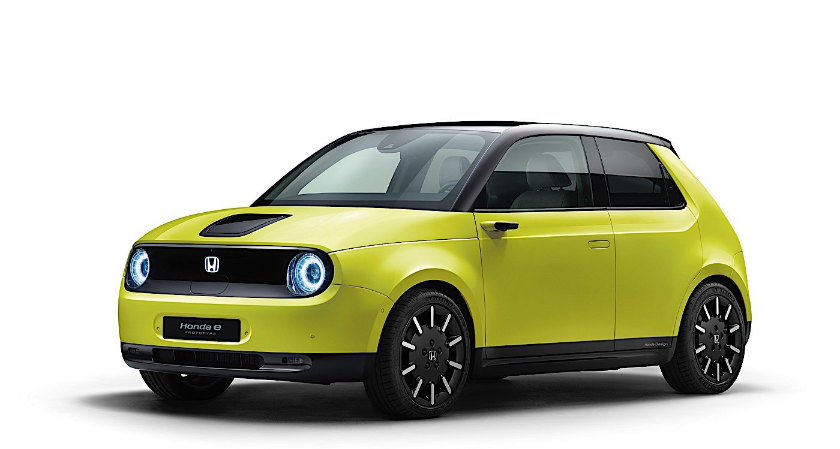
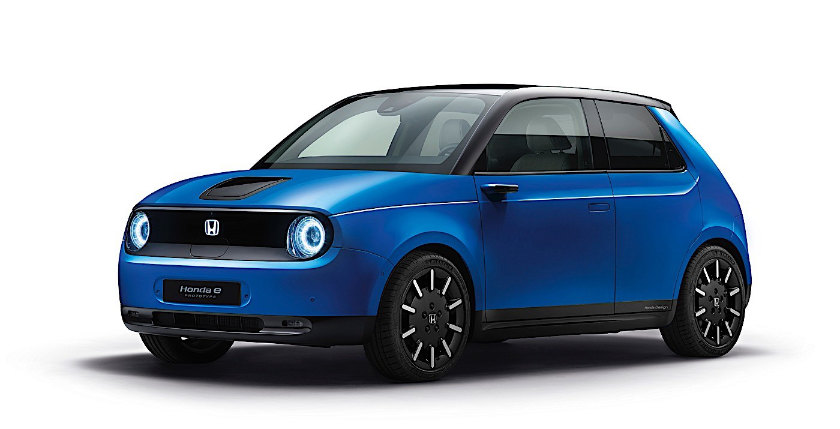 More colours for Honda’s E electric car
More colours for Honda’s E electric car
Related articles hand-picked by our editors

Weight: a moment
The US car industry’s design excesses of the 1970s had their roots somewhere, mirroring what was happening in fashion. Jack Yan thinks they emerged during more optimistic times and history may be repeating
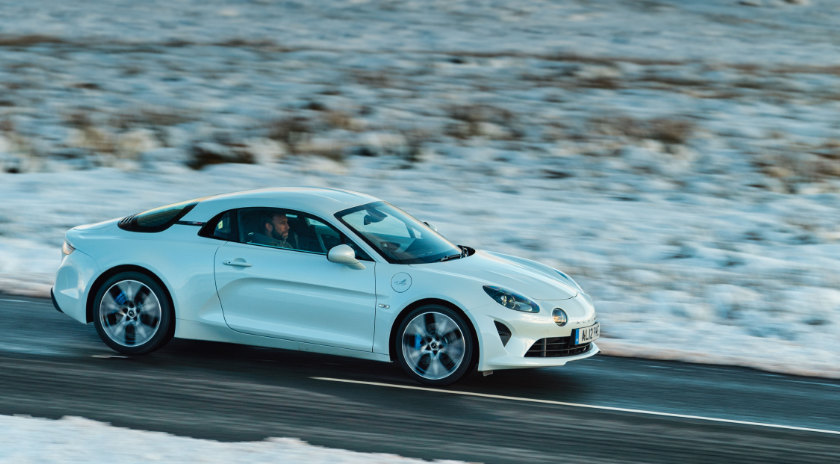
Pure expression
Lucire’s Car to Be Seen in for 2019 is a shape that has been with us for two years—and coming up to three. What makes it more qualified than this year’s many débutantes? Jack Yan attempts an answer
Some photographs by Justin Leighton
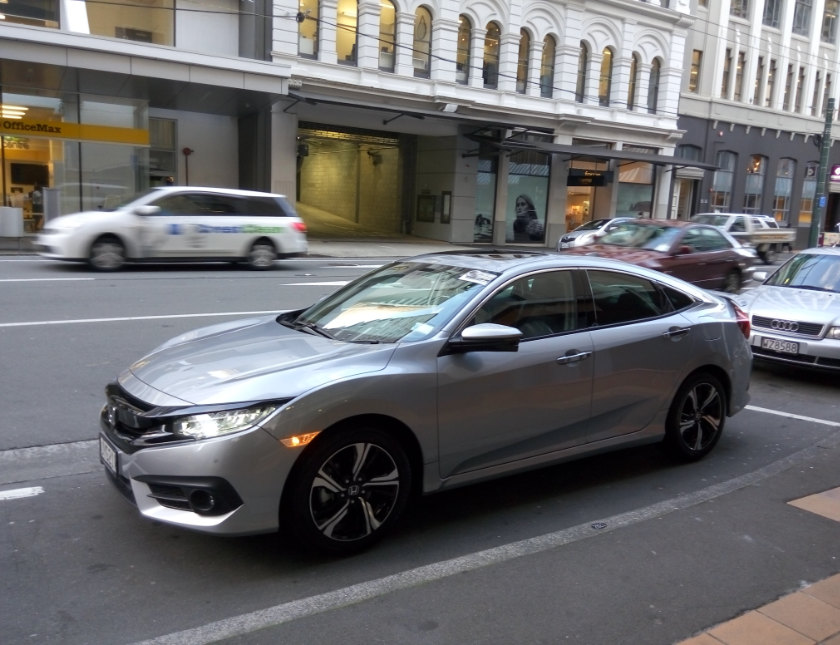
Confident and competent
A ricer it ain’t: Jack Yan says the Honda Civic RS Turbo is a sophisticated and smart sedan with a competent chassis, so don’t let the badge fool you into thinking chavs will eye it up
Photographed by the author
Advertisement
Copyright ©1997–2022 by JY&A Media, part of Jack Yan & Associates. All rights reserved. JY&A terms and conditions and privacy policy apply to viewing this site. All prices in US dollars except where indicated. Contact us here.